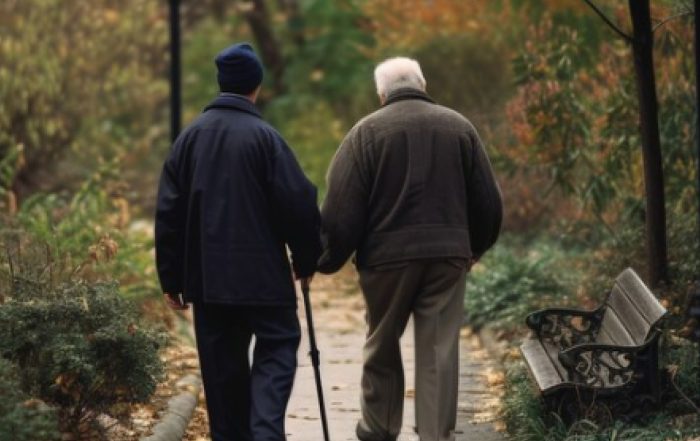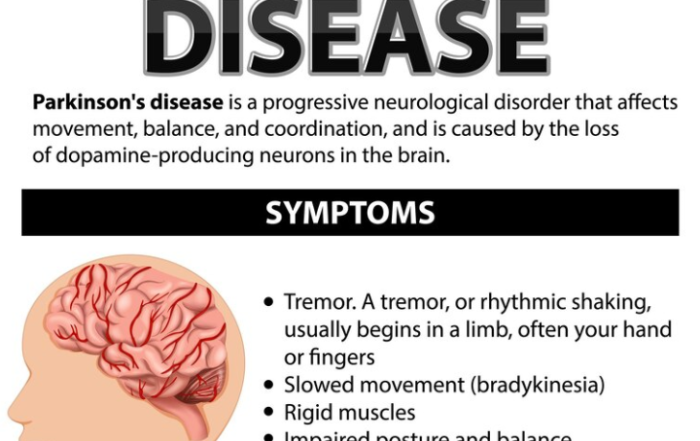Falling is one of the biggest fears that seniors who live at home face on a daily basis. Their concern is justified – falls pose a serious risk to adults over age 65. A shocking 800,000 people are hospitalized for fall injuries every year, and as the population ages, fall rates have increased by 30% over the past decade.
Identify your senior loved one’s risk factors for falls, and prevent them before they occur.
Common injuries from falls 
Some falls leave seniors with bruises and soreness, but 1 in 5 cause serious injuries.
The vast majority of hip fractures and more than half of traumatic brain injuries (TBIs) result from falls. Older people who are prescribed blood thinners are particularly prone to hematomas and life-threatening intracranial bleeding following an injury.
Even falls that cause only superficial injuries can do tremendous damage to seniors’ self-confidence. Older people who are afraid of falling may self-impose limits on their daily activities and lose independence. Sadly, falling can be the first step in a chain of events that seriously impacts an elderly person’s quality of life and willingness to socialize.
What increases seniors’ fall risk?
While it may not be possible to eliminate all of your senior loved one’s risk factors for falling, it is important to recognize circumstances that commonly contribute to accidents. Take special precautions with older adults who:
- Experience diabetic neuropathy in their feet
- Take medications that interfere with balance
- Have poor vision
- Aren’t steady on their feet
- Live in a cluttered home environment
How to prevent falls in older adults
Because so many life-altering conditions can stem from a fall, prevention is key for keeping seniors safe and independent in their homes for as long as possible.
 Encourage seniors to exercise.
Encourage seniors to exercise.
Consistent activity builds up the balance and lower body strength older adults need to safeguard against falls. Gentle exercises like walking and water aerobics are a great way to encourage muscle tone, circulation, and self-confidence.
Keep seniors safe from falls at home.
Many of the more preventable fall risks can be mitigated by making changes to seniors’ living environments. Look at your loved one’s home through the lens of fall prevention, and you may notice opportunities for small changes that can help keep them safe:
- Address tripping hazards, like rugs and uneven flooring.
- Keep high-traffic areas clear of unnecessary clutter.
- Ensure all stairs and steps have sturdy handrails.
- Place non-slip mats in bathrooms.
- Replace standard bathtubs and showers with walk-in fixtures.
- Encourage seniors to wear shoes or non-slip socks.
Get assistance with in-home personal care.
Falls can happen when seniors try to take on tasks that they can’t safely do on their own. In-home care professionals can assist older adults with a variety of activities – including personal care, errands, and light housekeeping – while encouraging their independence.
Offer your senior loved one the support they need to live confidently and safely at home, and you can greatly reduce their risk of falls and accidents.

 Encourage seniors to exercise.
Encourage seniors to exercise.



